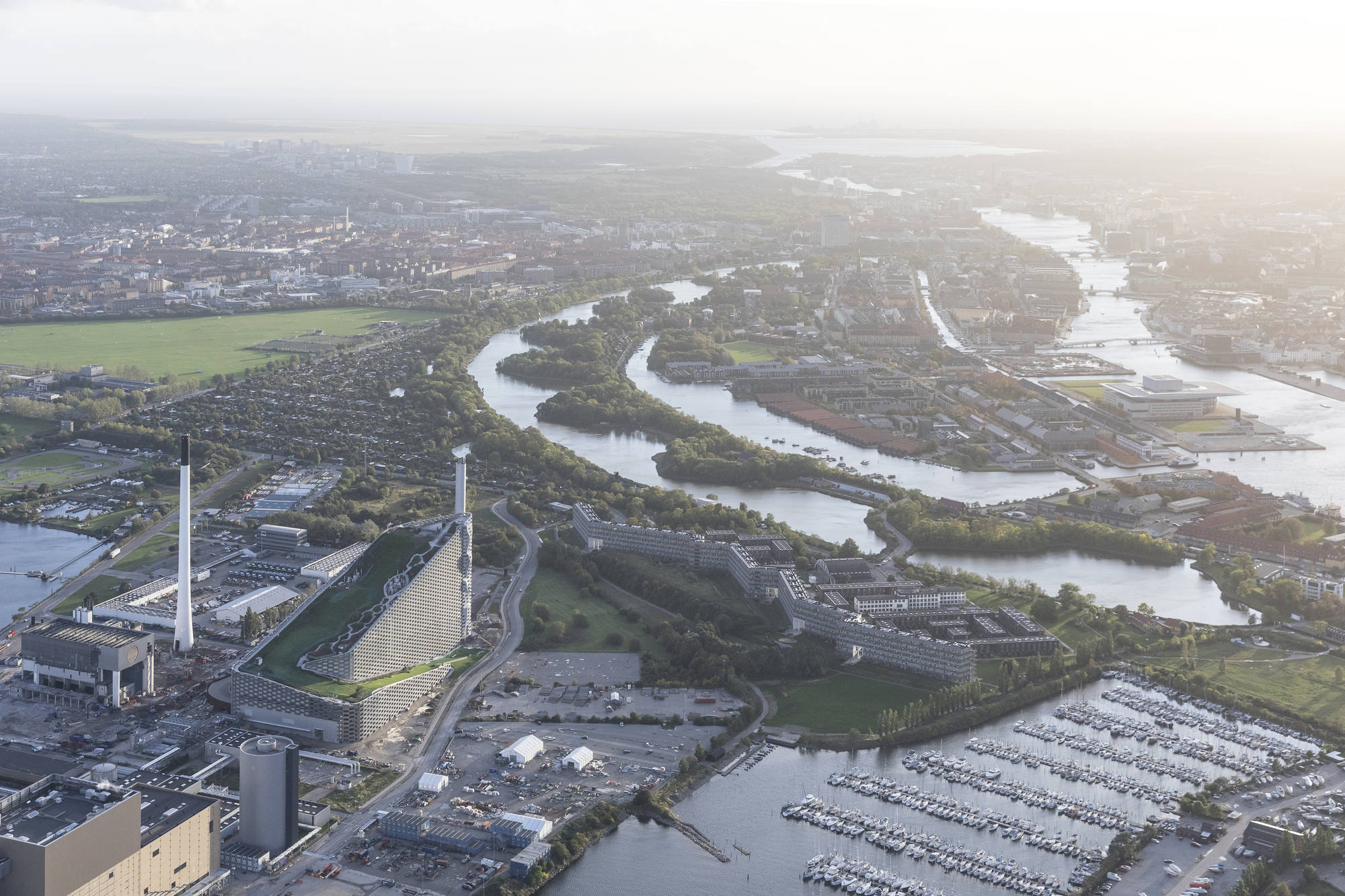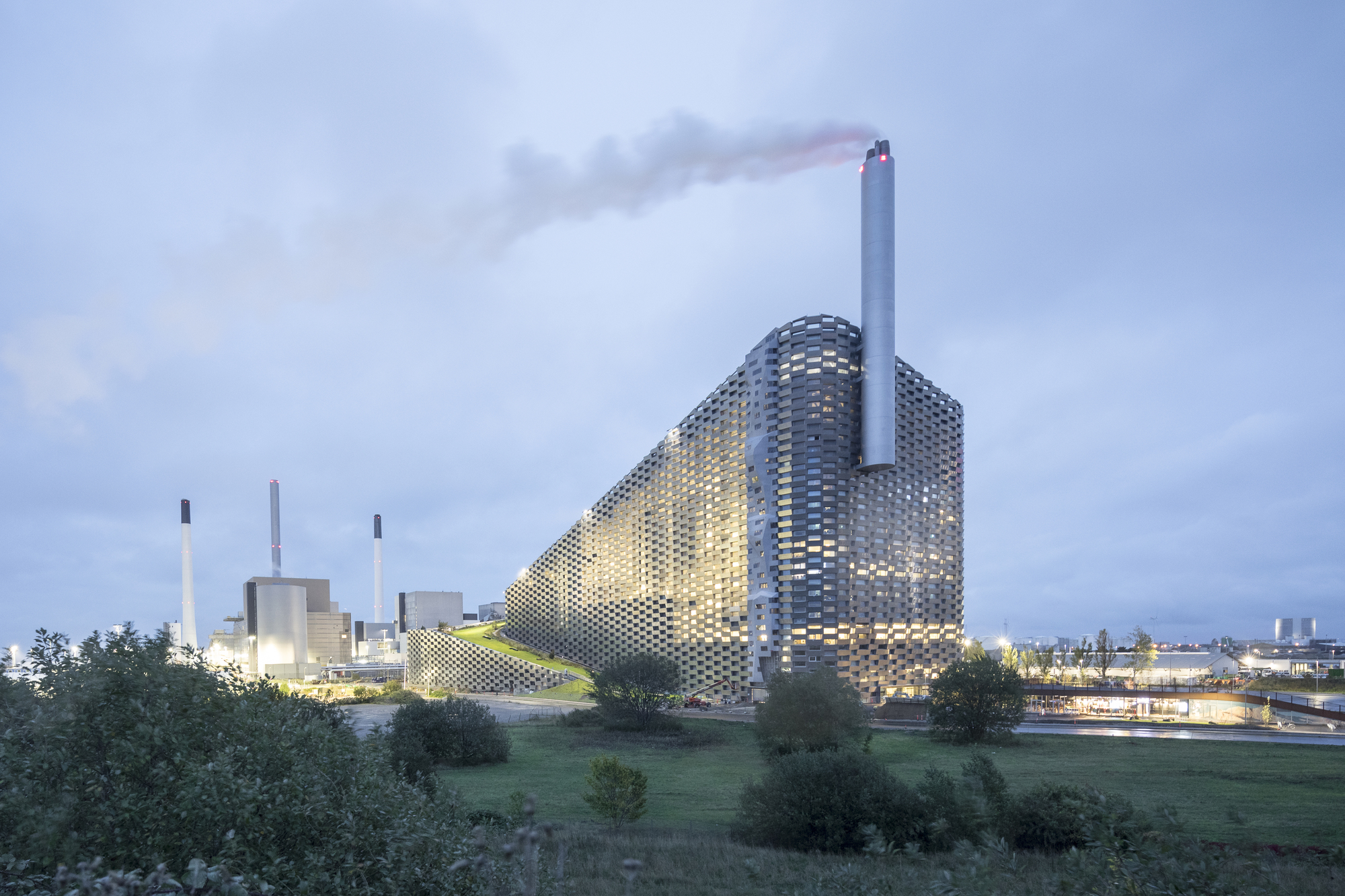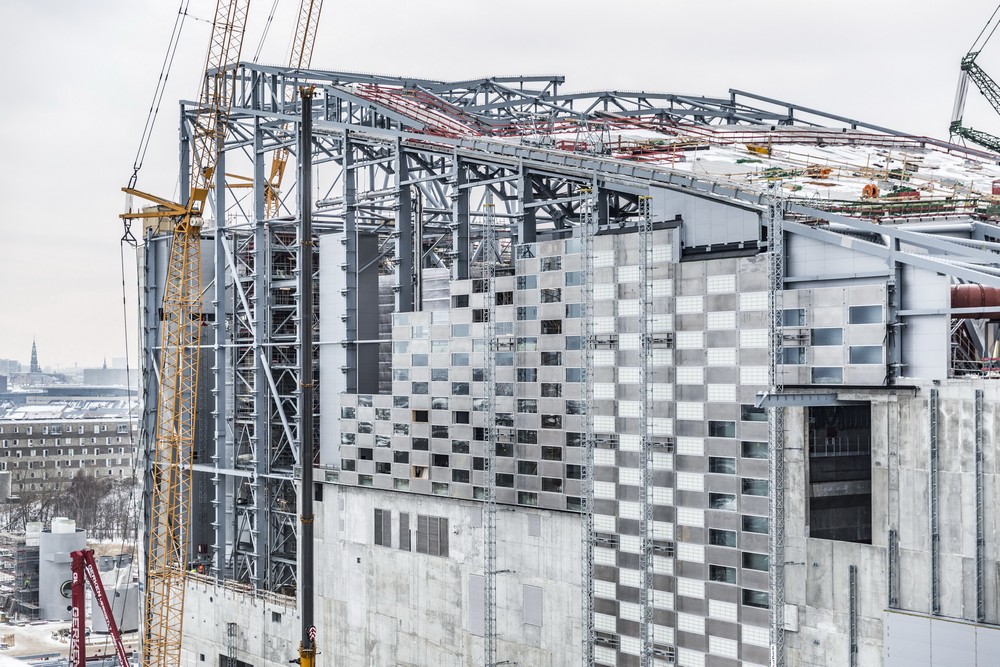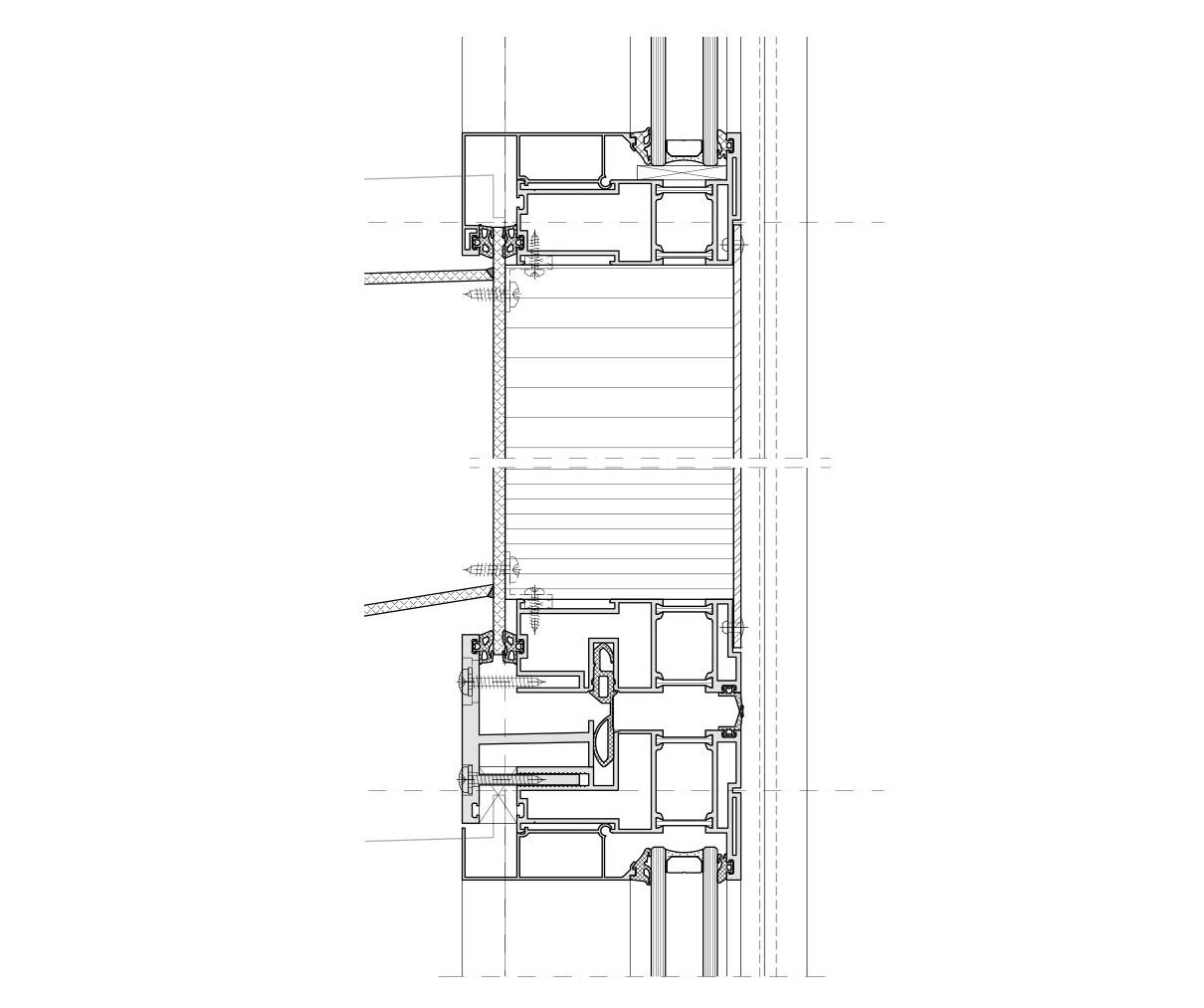Exploring BIG’s CopenHill, the Clean Energy Plant With Its Own Ski Slope

Architects, interior designers, rendering artists, landscape architects, engineers, photographers and real estate developers are invited to submit their firm for the inaugural A+Firm Awards, celebrating the talented teams behind the world’s best architecture. Register today.
Great architecture can be seen in the details. For Bjarke Ingels Group, the idea for the firm’s CopenHill project was tied to the idea of combining a waste-to-energy plant with a ski slope for the citizens of Copenhagen. The result is a monumental work of architecture nearly a decade in the making, one which scored the project a grand total of three A+Awards in 2020 — the Popular Choice Award in the Factories and Warehouses category, as well as both Jury and Popular Choice Awards in the Architecture +Photography & Video category, thanks to Aldo Amoretti Photography‘s striking set of images.
While Copenhill’s accolades are broad and wide-ranging, it’s worth zooming in: This new landmark was made through thousands of small assemblies and construction details that gave rise to an icon.

© Nils Koenning
When launched in 2011, CopenHill (or Amager Bakke in Danish) was the single largest environmental initiative in Denmark, replacing the adjacent Amagerfor-braending plant to integrate the latest technologies in waste treatment and environmental performance.
Surrounded by an industrial area on the island of Amager, a range of extreme sports activities take place in the surrounding facilities, from cable wake boarding and go-kart racing to rock climbing. The new plant establishes Amager Resource Center as an innovator on an urban scale, redefining the relationship between the waste plant and the city as an urban amenity.

© Laurian Ghinitoiu

© Laurian Ghinitoiu
The Amager Bakke WtE facility is owned and operated by Amager Resource Centre (ARC), a five city consortia, to supply low-carbon electricity to 550,000 people and district heating to 140,000 households. As BIG states, instead of considering the new Amagerforbraending as an isolated architectural object, the façade is conceived as an opportunity for the local context while forming it into a destination in itself and a reflection on the progressive vision of the company.
Officially opened in October 2019, the project is part of Copenhagen’s goal of becoming the first zero carbon city in the world by 2025. The façade features a series of staggered “aluminum bricks” that wrap the outside in a grid of stacked metal and glazing. This was one of the central aspects of the design, a seemingly simple, perforated façade made from aluminum rectangles.

© Aldo Amoretti

Drawing courtesy of BIG
Due to its large area, the optimization of the aluminum structure was achieved by using element analysis in combination with tests carried out at the HSLU. The system was also designed in collaboration with suppliers and manufacturers to thermally optimize the building envelope.
The façade has two layers, a base and another outer layer of aluminum that surrounds it. The interior of the panels is shatterproof with front sheets of fiber reinforced polymer (FRP) between 1.2m and 1.5 meters wide and lengths up to 3.25 meters, and it also includes a series of ventilation louvres.

Photo courtesy of BIG

Façade detail courtesy of BIG
The building elevations take on a patterned aesthetic, while the glazing between the aluminum bricks brings natural light into the waste-to-energy plant’s interior. During the day, the natural light penetrates the metal grid and illuminates the inside of the building, making its stainless steel shine.
During long periods of darkness, the building’s artificial lighting is designed to make it stand out on the landscape. Beneath the slopes, furnaces, steam, and turbines convert 440,000 tons of waste annually into enough clean energy to deliver electricity and district heating for 150,000 homes.

Photo courtesy of SLA

Photo courtesy of SLA
Larger openings on the southwest façade illuminate workstations on the administrative floors, and on the longest vertical façade, an 85m climbing wall is installed to be the tallest artificial climbing wall in the world. The metal façade is made to feature crawling plants and flora as a home for birds, bees, butterflies, a green pocket and new urban ecosystem for the city.

© Rasmus Hjortshoj

Photo courtesy of SLA
BIG founder Bjarke Ingels sums up the plant and its impact, stating that “It provides a striking new urban landmark for Copenhagen and argues for a more pragmatic utopian future where environmental challenges can create the conditions for a livelier city.
“Architecture is there to give form to the future and I’m excited that my one-year-old son will grow up in a city where it’s taken for granted that you have a ski slope on top of a power plant.”
Architects: Showcase your next project through Architizer and sign up for our inspirational newsletter
The post Exploring BIG’s CopenHill, the Clean Energy Plant With Its Own Ski Slope appeared first on Journal.
, Eric Baldwin, read more Journal https://bit.ly/3ieYypJ
Yorumlar
Yorum Gönder